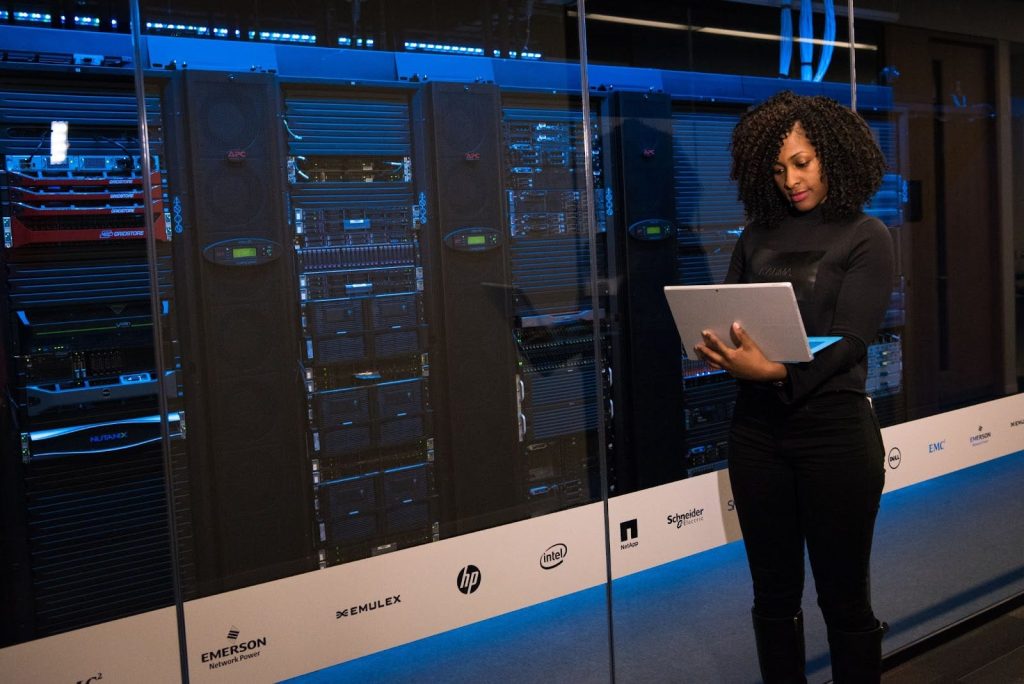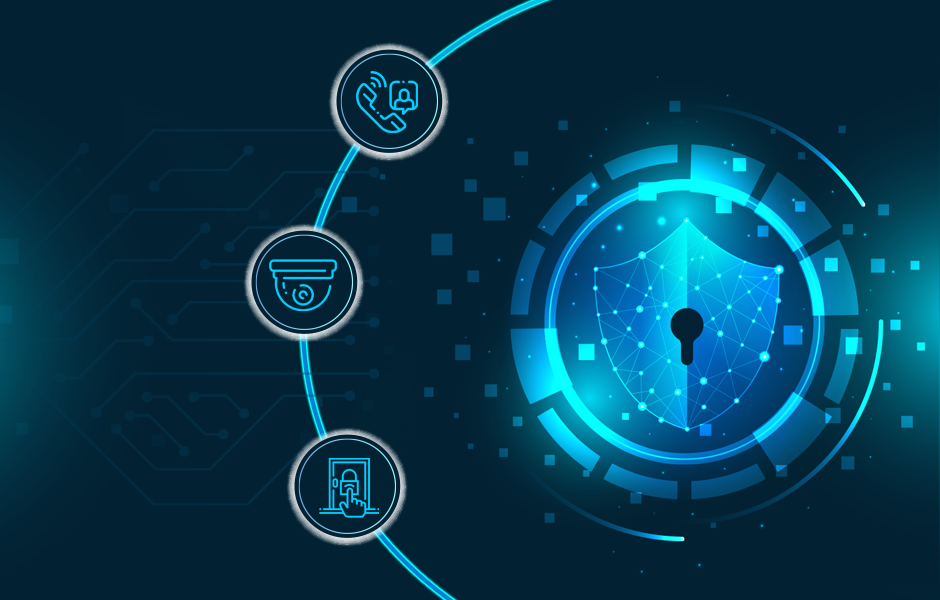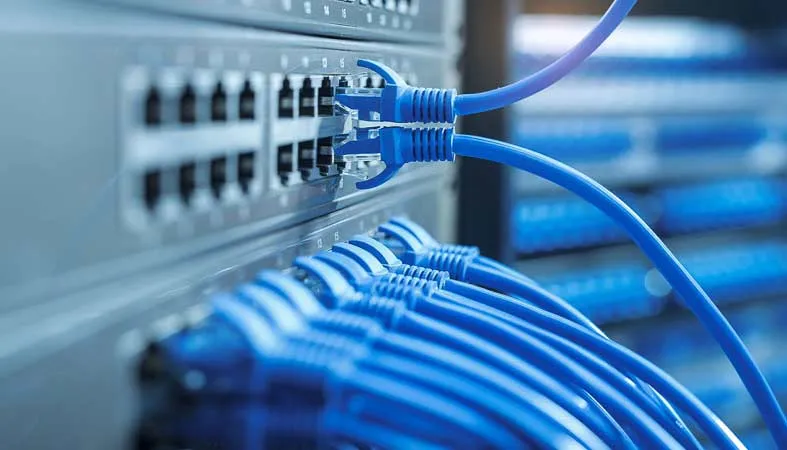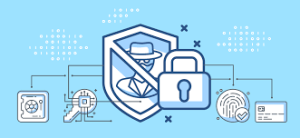Offshore development centers require a high level of trust and collaboration. For this to be achieved it is crucial to appreciate your team members from offshore and let them know that they are valued.
This can be done simply by using plain English to describe the goals of the project as well as with regular updates. This will avoid miscommunication and ensure everyone has an identical understanding.
Skillset Qualifications
Offshore development centers are useful when it comes to tackling difficult projects that might not be feasible with in-house resources. The integration of these teams demands an method that is able to take into consideration different cultures, and relies on efficient communications.
The establishment of a solid foundation for trust can help to reduce anxiety and create collaboration between teams. In order to achieve this it is essential to define clear roles and responsibilities and to conduct frequent performance reviews. Additionally, it’s important to offer occasions for social interaction as well as gathering in the community. This can help to align work ethics.
Examine a partner’s capacity to communicate. This includes communication skills as well as responsiveness. They need to be able respond quickly to questions and concerns and communicate project progress by frequent meetings as well as status updates.

Programming Languages and Frameworks
Different programming languages allow software developers to make apps and programs, but the proper frameworks can dramatically enhance the performance of a group. A framework is a set of software tools to help engineers to develop and maintain app code.
Offshore Development Center teams are typically located in countries that have differing time zones. Therefore, important to create the communication channels necessary for teams to collaborate seamlessly. This is done by using synchronized, or asynchronous software that are able to handle multiple features.
An ODC is a unit that’s specialized in a different country than the one of the clients which specializes in the creation maintaining, maintenance and software solutions. They offer development and support services at a reasonable price that can be scaled up or down depending on the requirements. This IT Outsourcing software allows companies to build brand recognition in new markets, without having to invest in an office.
Cross-Cultural Communication
Global technology has become a melting-pot of different cultures that bring distinctive work methods and ways of communicating to workplaces. It’s crucial that companies respect and acknowledge these differences in order to create successful teams.
An agreed-upon vision is accomplished through a group of offshore development professionals through a method that includes communication and inclusiveness. The strategies that range in scope from comprehensive onboarding, to continual learning and development, are able to foster collaboration among the teams, regardless of where your company’s headquarters are.
It’s also important to hold regularly scheduled feedback sessions as well as meet on a one-to-one basis with employees to address any possible culture-related differences. It is possible to avoid miscommunications as well as miscommunications by taking care to address the issues as soon as they are able. This will also ensure that all teams are working towards a similar aim and have a clear understanding of company goals.
Agile Methodologies
Offshore teams for software development have to be able to collaborate effectively, and cooperate on projects. It is especially important to establish a good relationship between the onsite and offsite teams when using agile software development methodologies.
Offshore efficiency is contingent on keeping everyone in the informed about workflows, processes and responsibilities. It is also beneficial having a range of communications tools to use such as instant messages (e.g. Slack, for example)) and project management systems like Jira as well as Trello.
It’s also crucial for you to create strong, long-lasting connections between offshore and onshore team members. Team meetings in person as well as team dinners can serve to create connections. This helps to overcome some challenges that arise with remote communication and allows for more effective work procedures.
Security Coding Practices for Safe Coding
A long-lasting protection from malware and ransomware is difficult for offshore teams and teams, particularly when they operate remotely. Cybercriminals are constantly attacking offshore developers to try and get access to intellectual property.
Develop a robust cybersecurity plan using stringent data security protocols that include security controls for access, encryption and regular security audits. The employee training program can be implemented to promote a culture of security awareness in offshore teams.
Promote team participation with instruments and an open process for project management that allows an effective exchange of information across time zones. Integration of teams, as well as creating a sense of value for them as members can help reduce the amount repeated calls. It will also speed up growth. Video conference, email, instant messaging and other communication tools may help remote employees feel more connected to the culture of the business.




